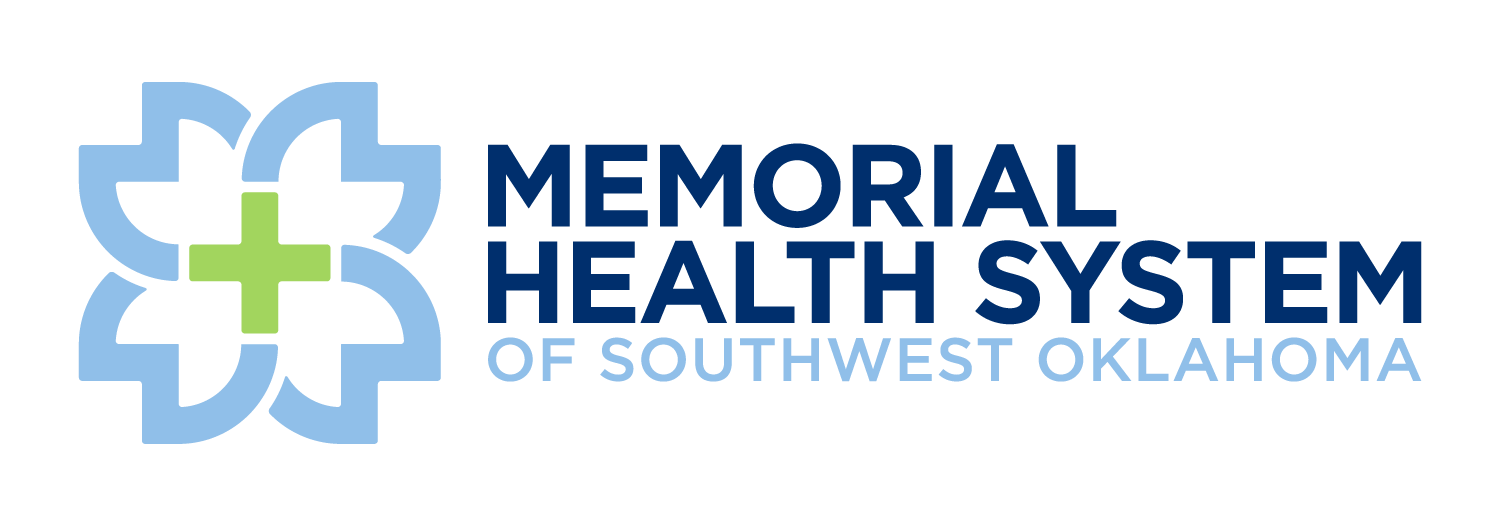Let’s face it, our bodies are incredible machines. We bump, scrape, and sometimes even slice ourselves throughout life, and usually, our bodies patch things right up. But have you ever stopped to wonder what’s actually happening behind the scenes during this amazing process? This Wound Healing Awareness Month, let’s explore how our skin mends itself.
Why Wound Healing Matters
Efficient wound healing is essential for several reasons. Wounds disrupt the flow of things, making you vulnerable to infection and delaying your return to feeling your best. Chronic wounds, which take a frustratingly long time to heal or don’t heal at all, can have a major impact on a person’s quality of life. They can cause pain, limit mobility, and even lead to depression. According to a 2022 compendium published by the Wound Institute, chronic wounds affect 8.2 million people annually and cost the US healthcare system an estimated $200 billion.
Different Types of Chronic Wounds
There are various types of wounds, each with its own healing process. Here’s a quick rundown of the different types you might encounter:
Acute Wounds: These are your typical cuts, scrapes, and burns. They usually heal relatively quickly with proper care.
Chronic Wounds: These are the stubborn ones that take forever to heal, often due to underlying health conditions like diabetes or poor circulation. Examples include diabetic foot ulcers, pressure ulcers (bed sores), and venous leg ulcers.
Surgical Wounds: These are created during surgery and typically heal well with proper post-operative care.
Risk Factors for Wound Healing
Several factors can increase the risk of delayed or impaired wound healing. These include:
Age: Our body’s natural healing process tends to slow down as we grow old.
Diabetes: Diabetes can affect circulation and nerve function, making it harder for wounds to heal. High blood sugar levels can also impair the body’s immune system, making you more susceptible to infection.
Poor Blood Flow: If blood isn’t flowing properly, your body can’t deliver the oxygen and nutrients needed for wound healing.
Obesity: Excess weight can put extra pressure on tissues and impair circulation, especially in areas like the legs. This can create a breeding ground for chronic wounds.
Cigarette Smoking: Smoking restricts blood flow and hinders the healing process by damaging blood vessels and reducing oxygen levels in the body’s tissues.
Early Action is Key
Don’t wait for a small wound to become a big problem! Early intervention is the key to preventing complications and getting you back to your normal routine faster. If you have a pre-existing condition that puts you at higher risk for wounds, talk to your doctor about preventative measures. They can help you keep your skin healthy and minimize the chance of issues in the first place.
If you have a wound that’s not healing properly or is causing you any concern, there’s no need to suffer in silence. At CCMH’s Center for Wound Care & Hyperbaric Medicine, our team of experienced specialists is here to help! Learn more about our Wound Center and how we can help 👉 https://www.ccmhhealth.com/wound-care/
Resources:
https://pubmed.ncbi.nlm.nih.gov/37756368/
Disclaimer:
The Comanche County Memorial Hospital website does not provide specific medical advice for individual cases. Comanche County Memorial Hospital does not endorse any medical or professional services obtained through information provided on this site, articles on the site, or any links on this site.
Use of the information obtained by the Comanche County Memorial Hospital website does not replace medical advice given by a qualified medical provider to meet the medical needs of our readers or others.
While content is frequently updated, medical information changes quickly. Information may be out of date, and/or contain inaccuracies or typographical errors. For questions or concerns, please contact us at contact@ccmhhealth.com.

